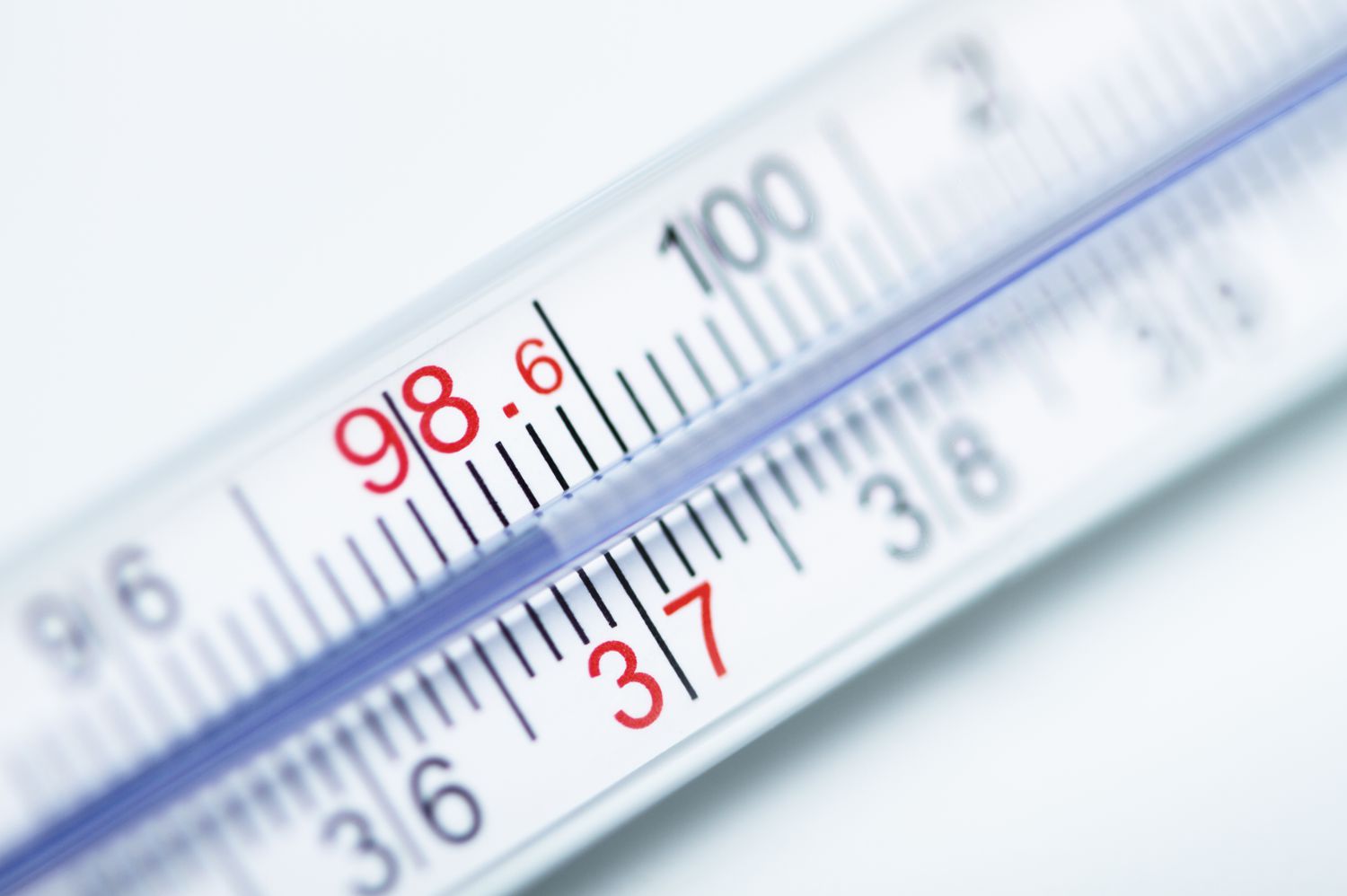Heat Exchanger Tube Plugging: An In-Depth Look at Types of Plugs and Plugging Steps
Heat exchangers are essential components in a wide range of industries, including power generation, oil and gas, HVAC, and more. Over time, these exchangers can develop leaks in their tubes, leading to inefficiencies, potential safety hazards, and costly downtime. To address this issue, a process known as tube plugging is used. In this blog, we’ll delve deeper into the different types of plugs used in heat exchanger tube plugging and the detailed steps involved in the plugging process.
Types of Plugs
There are several types of plugs used in heat exchanger tube plugging, each with its unique advantages and specific applications. Here are some of the most common types:
1. Tapered Plugs
Tapered plugs are one of the most commonly used types of plugs in heat exchanger tube plugging. They are typically made of durable materials like brass, stainless steel, or monel. The plug is designed to be slightly larger than the tube, and when it is inserted, it forms a tight seal due to the pressure exerted on the tube walls. This type of plug is ideal for permanent sealing of tubes and is often used in situations where the tube material is compatible with the plug material to prevent galvanic corrosion.

2. Two-Piece Plugs
Two-piece plugs, also known as pop-a-plug, consist of a pin and a ring. The pin is inserted into the tube, and the ring is then placed over the pin. When the pin is pulled back, it expands the ring, creating a tight seal. These plugs are designed to provide a long-lasting seal and are often used in high-pressure applications. They are also beneficial in situations where the tube wall has thinned due to corrosion or erosion.
3. Expandable Plugs
Expandable plugs are designed to expand after they are inserted into the tube. They are typically made of rubber and are used in situations where a temporary seal is needed. These plugs are easy to install and remove, making them ideal for temporary repairs or for isolating a tube while other maintenance work is being performed.
4. Threaded Plugs
Threaded plugs are designed with threads that match the internal threads of the tube. These plugs are screwed into place, providing a secure seal. They are often used in applications where the tube has been previously threaded or in situations where a more secure seal is needed.
5. Snap-Tite Plugs
Snap-Tite plugs are designed with a unique mechanism that allows them to snap into place when inserted into the tube. This provides a quick and secure seal without the need for any tools. These plugs are often used in applications where speed and ease of installation are important.
6. Weld Plugs
Weld plugs are designed to be welded into place, providing a permanent and highly secure seal. These plugs are often used in high-pressure or high-temperature applications where a standard plug may not provide a sufficient seal. Weld plugs require specialized equipment and skills to install.
7. Inflatable Plugs
Inflatable plugs are designed to be inflated after they are inserted into the tube. This allows them to form a tight seal against the tube wall. These plugs are often used in applications where the tube diameter may vary or in situations where a temporary seal is needed.

8. Mechanical Plugs
Mechanical plugs are designed with a mechanism that expands to seal the tube when a force is applied. This can be a screw mechanism, a cam, or another type of mechanical device. These plugs provide a secure seal and are often used in applications where the tube may be subject to vibration or movement.
Each of these types of plugs has its own advantages and specific applications, and the choice of plug will depend on the specific requirements of the heat exchanger and the nature of the leak. It’s important to choose the right type of plug for each application to ensure a secure seal and prevent further damage to the heat exchanger.
Plugging Steps
The process of plugging a heat exchanger tube involves several detailed steps. Here is a comprehensive outline of the process:
1. Inspection
The first step in the plugging process is to inspect the heat exchanger and identify any tubes that are leaking. This can be done using various methods. Visual inspection involves looking for signs of leakage, such as rust or discoloration. Pressure testing involves filling the heat exchanger with a liquid, pressurizing it, and looking for leaks. Eddy current testing is a non-destructive testing method that uses electromagnetic fields to detect flaws in the tube walls. The choice of inspection method will depend on the specific circumstances and the resources available.
2. Cleaning
Once the leaking tubes have been identified, they need to be cleaned before the plugs can be inserted. This typically involves using a tube cleaner to remove any scale, deposits, or corrosion inside the tube. This step is crucial as any debris left in the tube can interfere with the sealing process and prevent the plug from forming a tight seal. The cleaning process may involve mechanical cleaning with a brush, chemical cleaning with a cleaning solution, or high-pressure water jetting.
3. Plugging

The next step is to insert the plug into the tube. The specific method used will depend on the type of plug being used. For example, a tapered plug is typically hammered into place using a plug hammer and a setting tool. The plug should be inserted until it is flush with the tube sheet to ensure a proper seal.
For a two-piece plug, the installation process is a bit more complex. First, the pin is inserted into the tube. Then, the ring is placed over the pin. A hydraulic installation tool is then used to pull the pin back, which causes the ring to expand and form a tight seal against the tube wall. The hydraulic tool ensures that the correct amount of force is applied, preventing damage to the tube or plug.
Expandable plugs are typically inserted into the tube and then expanded using a wrench or similar tool. The expansion causes the plug to form a tight seal against the tube wall. These plugs can be easily removed when they are no longer needed, making them ideal for temporary repairs.
4. Verification
After the plug has been installed, it’s important to verify that it is properly sealing the tube. This can be done by performing a pressure test or visually inspecting the plug. In a pressure test, the heat exchanger is filled with a liquid, pressurized, and checked for leaks. If the plug is properly installed, there should be no leakage. Visual inspection involves checking that the plug is flush with the tube sheet and that there are no signs of leakage around the plug.
5. Documentation

The final step in the plugging process is to document the work that has been done. This typically involves recording the location of the plugged tube, the type of plug used, the date of installation, and any other relevant information. This documentation is important for future maintenance work and for tracking the performance of the heat exchanger. It can also be useful for regulatory compliance, as some industries require detailed records of maintenance work.
In conclusion, heat exchanger tube plugging is a critical maintenance task that can help prevent leaks, improve the efficiency of your heat exchanger, and extend its lifespan. By understanding the different types of plugs and the steps involved in the plugging process, you can ensure that your heat exchanger is properly maintained and continues to operate effectively. Whether you’re dealing with a temporary leak or a long-term maintenance plan, tube plugging is a valuable skill for any heat exchanger operator.




